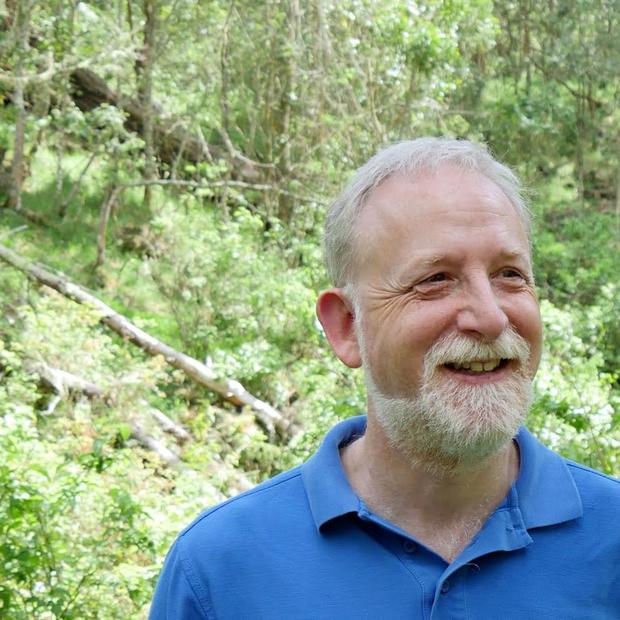
At a luncheon this week for the Urban Land Institute's local sponsors, guest speaker — and Seattle restaurateur — Tom Douglas toyed with the idea of abandoning the Seattle monorail. The move, he explained, would save the cost of future maintenance and repair, and (even better) the monorail track could be replaced with a walkable, elevated green space in the spirit of the High Line, New York City’s much-touted elevated railway-turned-park. In the Tom Douglas version restaurants would, of course, line the old tracks — perhaps, even in the abandoned monorail cars themselves.
It was great to see such a vaunted entrepreneur join the ranks of urbanophiles out to remake ruins — in this case, a ruin that does not yet exist, and on such a grand and provocative scale. But our interest in this subject does not need celebrity validation, and the vision need not be as grand as Douglas’s.
An abandoned cable car bridge in Seattle's Leschi neighborhood holds the same promise of reinvention as New York’s High Line. So does the long-abandoned University of Washington entrance along Pacific Avenue (below) under the Burke-Gilman Trail (itself an abandoned rail segment). Both show the same spirit and form: we used this before, let's use it again. Crosscut's Knute Berger echoed the idea when he wrote recently about the pending demise of the Arboretum's "ramps to nowhere."

The abandoned UW entrance at Pacuific Avenue
In The Necessity of Ruins (1980), landscape essayist J.B. Jackson explained that such leftover structures often inspire us "to restore the world around us to something like its former beauty." I've often written of Jackson's advocacy for the use (or re-use) of ruins, not for what we now call “urban exploration" of abandoned places, but to reclaim something that worked before.
I'm not sure I would advocate Tom Douglas's monorail approach — creating a ruin prematurely. But with Jackson in mind, I often look for walkable, bikeable and transit-oriented places which are reminiscent of times gone by. As the Seattle examples above make clear, such places are already of a piece with the evolving city around us — remnants of earlier land uses and infrastructure that are eerily similar to what transit and walkability advocates call for today. These leftovers merge with our changing lifestyles, and illustrate firsthand Jackson's reasons for championing accessible, nostalgic vestiges of an urban past.
The Leschi cable car bridge is an example of how the Seattle of 2012 overlays the city of 1930. As the use of automobiles increased, infrastructure, such as the former cable car bridge, became obsolete and went out of service. In 1940, the cable car line was abandoned and replaced by a bus line.


These images of Frink Park (a portion of the 1903 Olmsted park plan), are consistent with today's urbanist ideals, and show the juxtaposition of the bridge, bicyclist and pedestrian. On the old track-bed, a piece of the park now continues and becomes a trail through the hillside woods above. For comparison's sake, here's a vintage photo of Frink Park (circa 1910).

How would Jackson interpret the cable car remains? Have they been lost to time, or are they an example of the inspirational reminder Jackson describes?
I choose the Jackson view.
Nearby, today's light rail is assuming the former role of the cable car. The Sound Transit tracks proceed northward, as the build out of the region's light rail system continues. In the next decade, light rail will turn east as well, and cross Lake Washington, not far south of the cable car's former terminus — a dock for a long discontinued trans-lake ferry.
As Jackson noted, "Ruins provide the incentive for restoration, and for a return to origins." So too, they inspire Tom Douglas, and maybe you, to find your own "High Line.” Which is often just next door.
Frink Park photo courtesy of Seattle Municipal Archives. All other Images composed by the author. Parts of this article are adapted from "Urbanism Without Effort," an e-book from Island Press, and based on ideas first presented in The Atlantic Cities.


